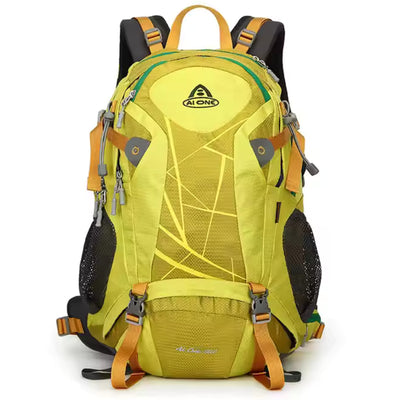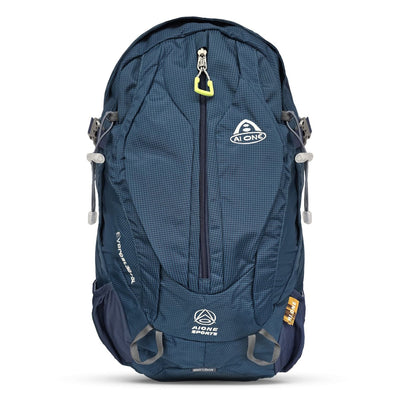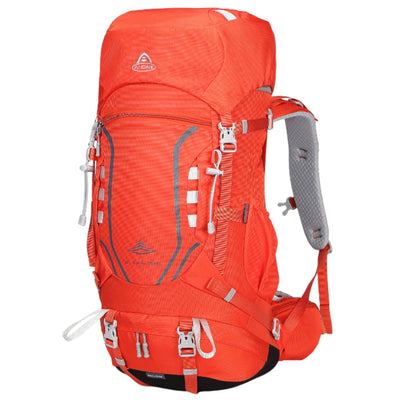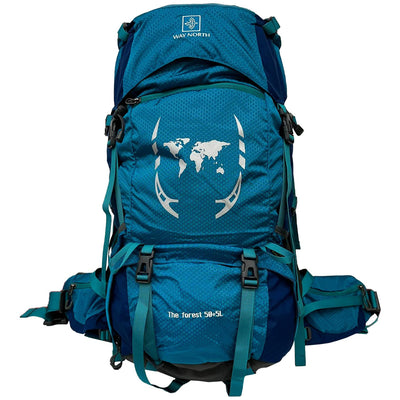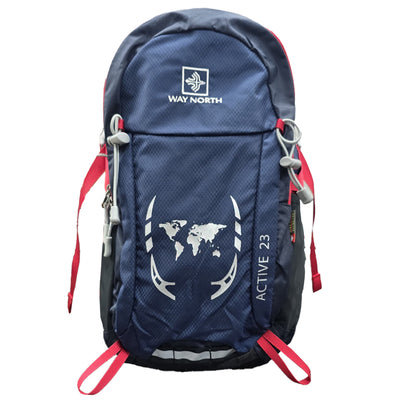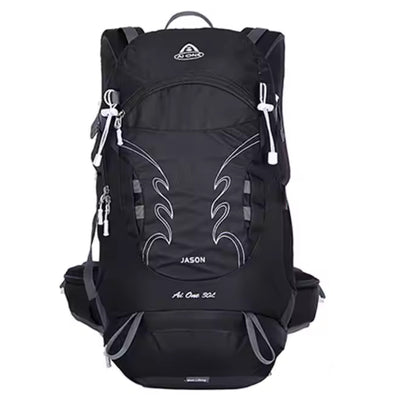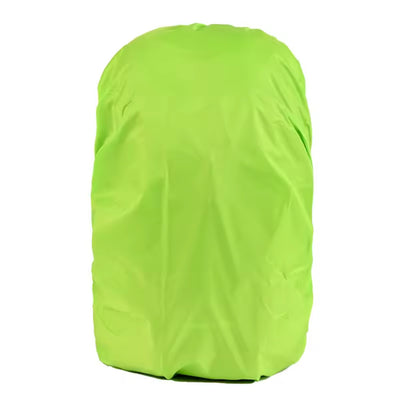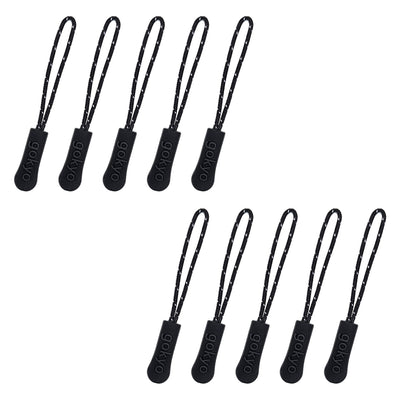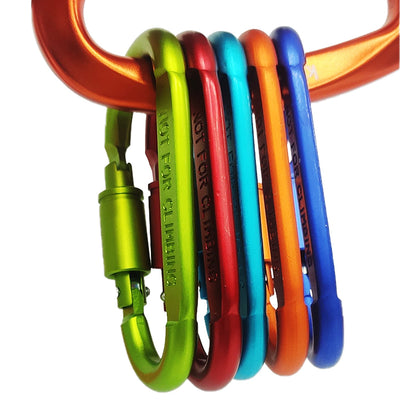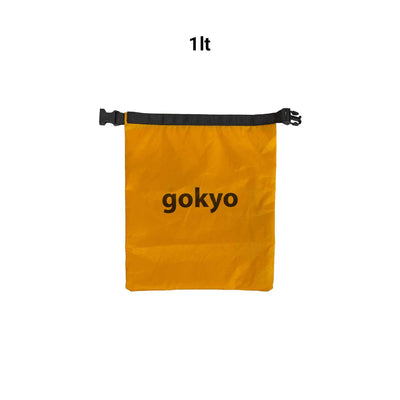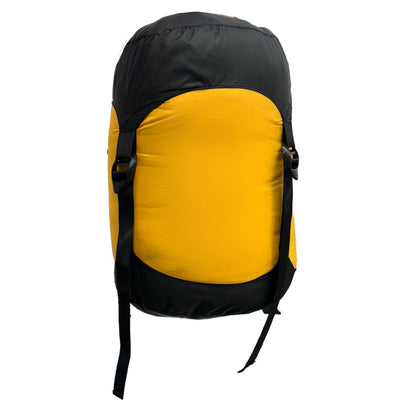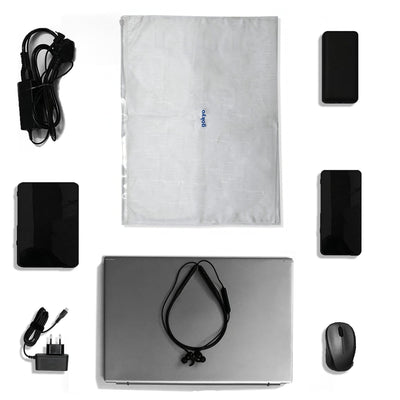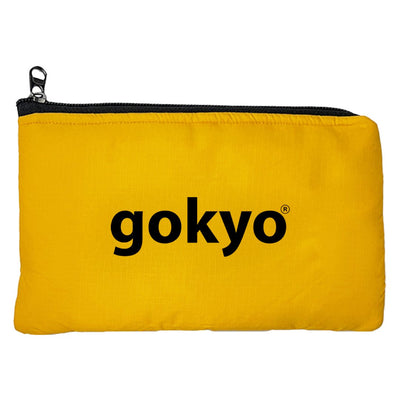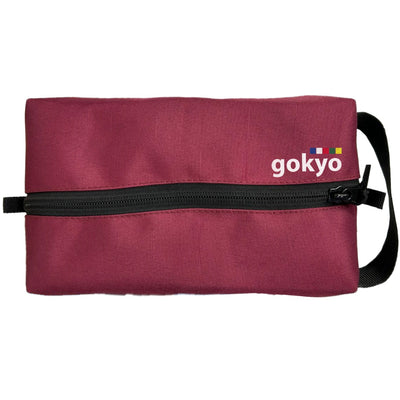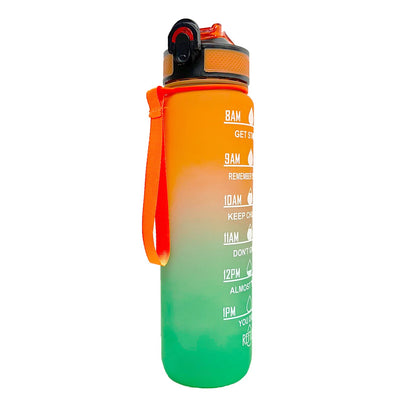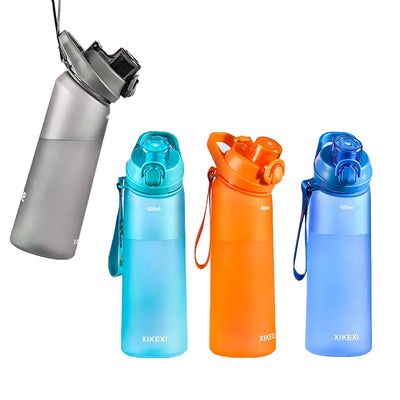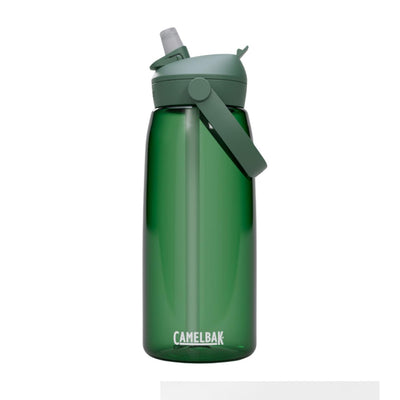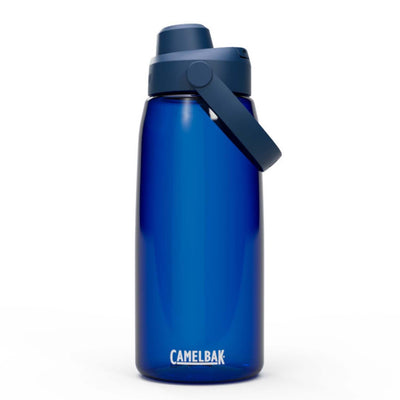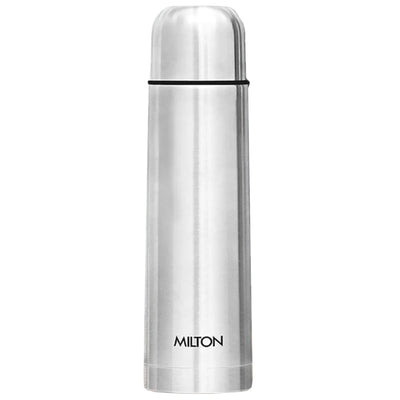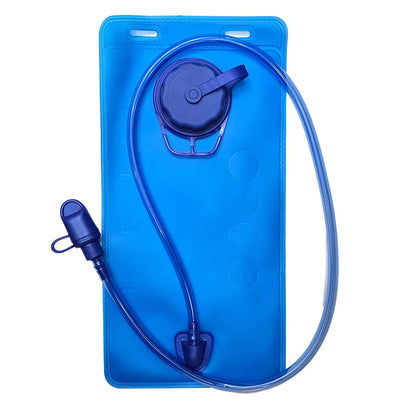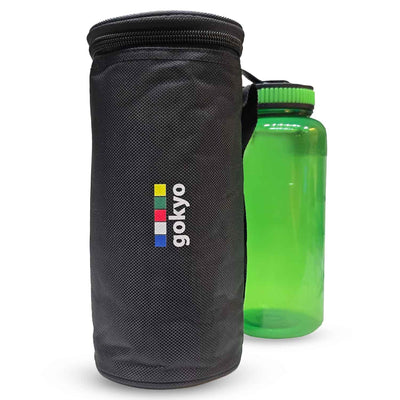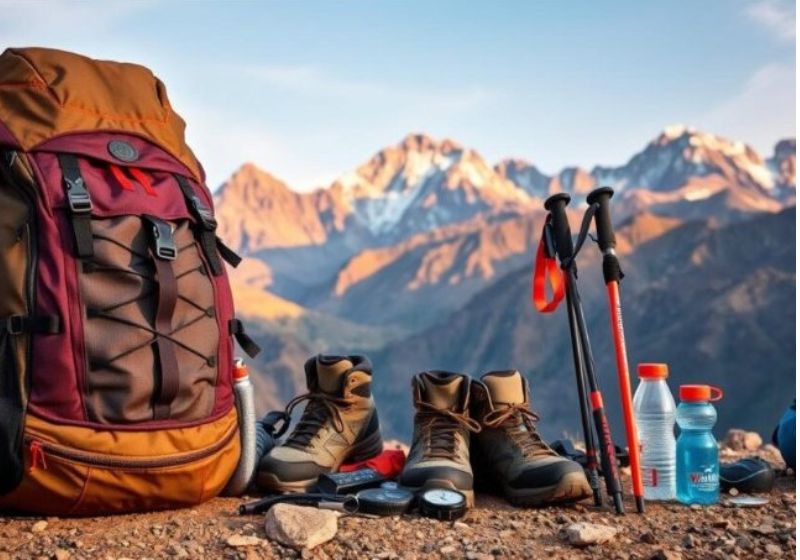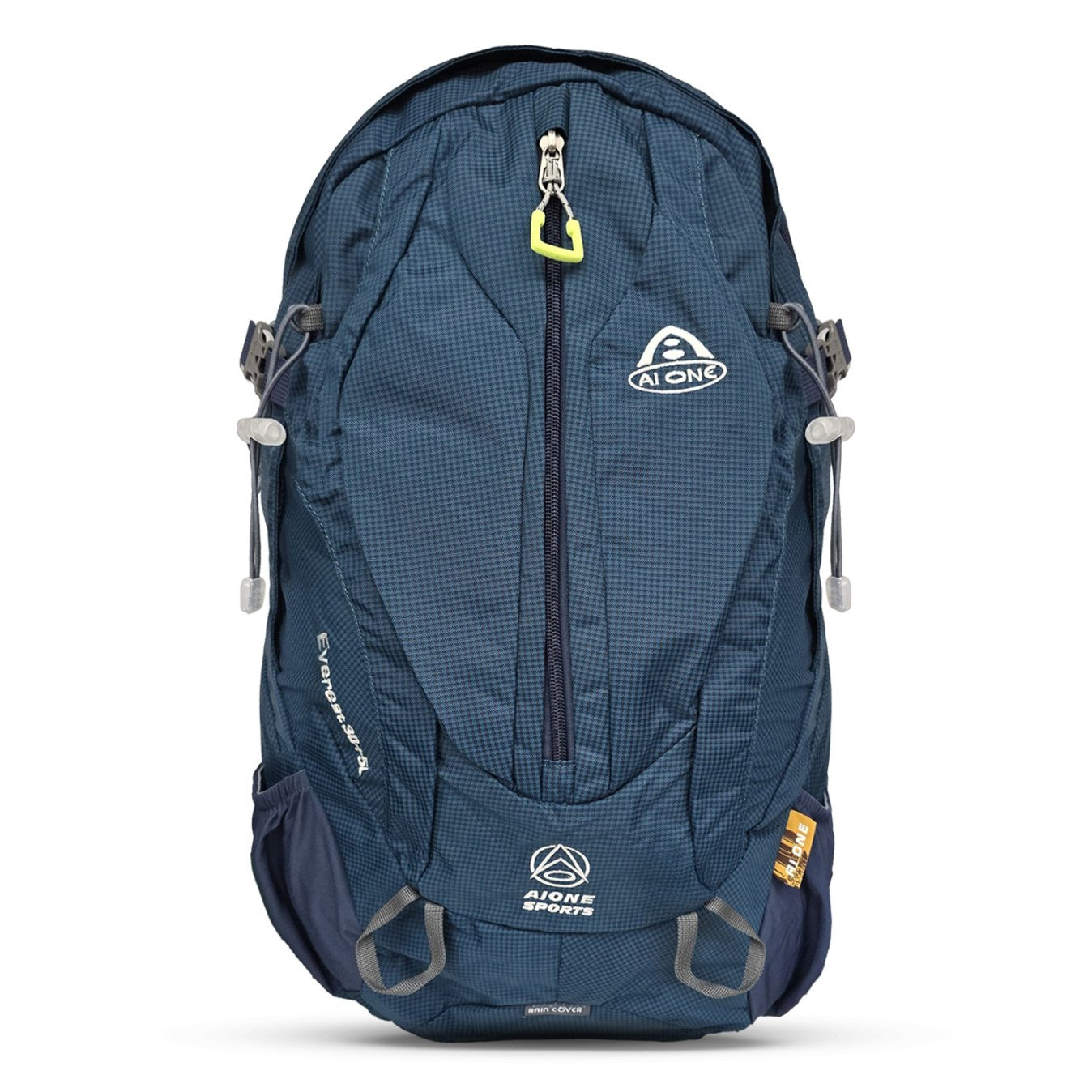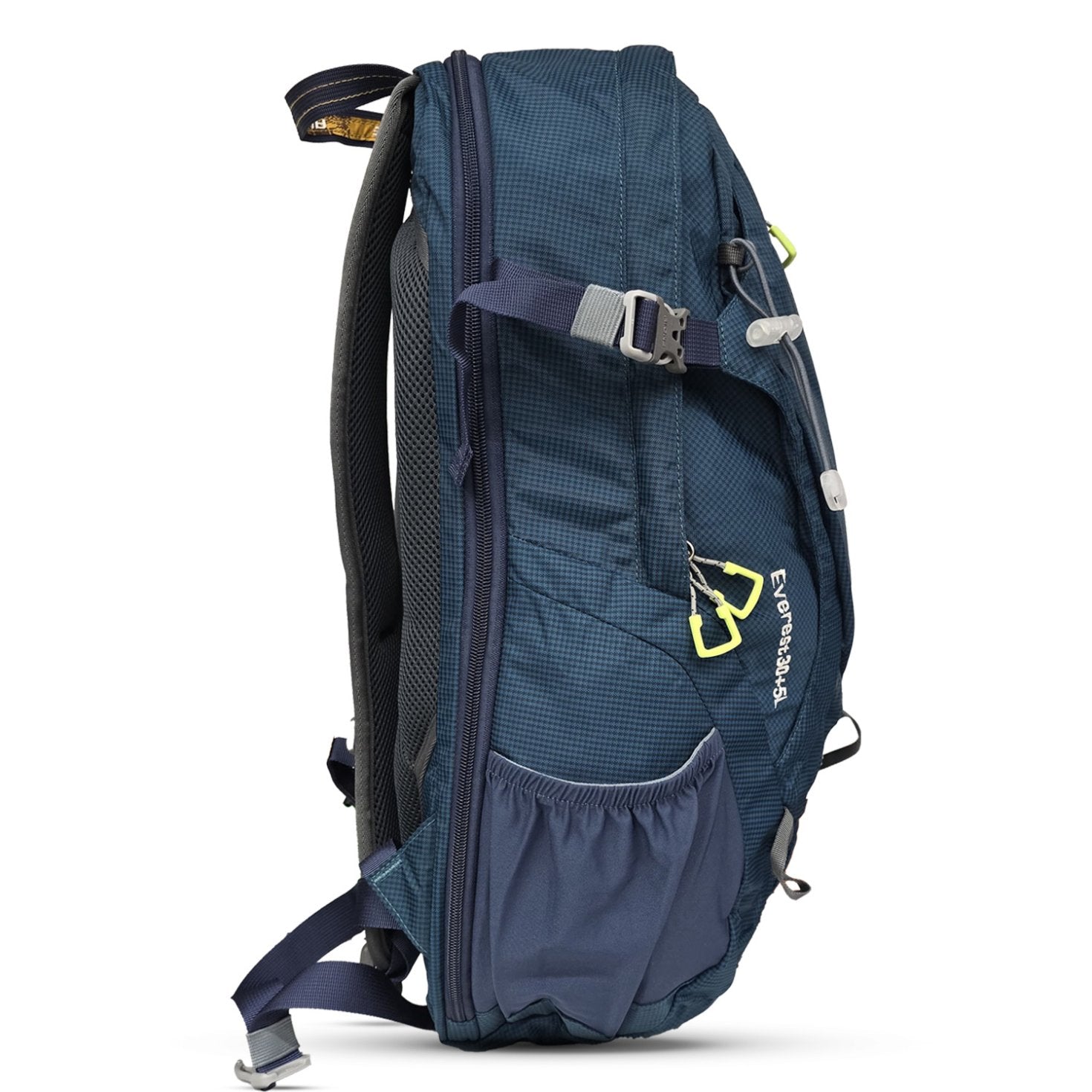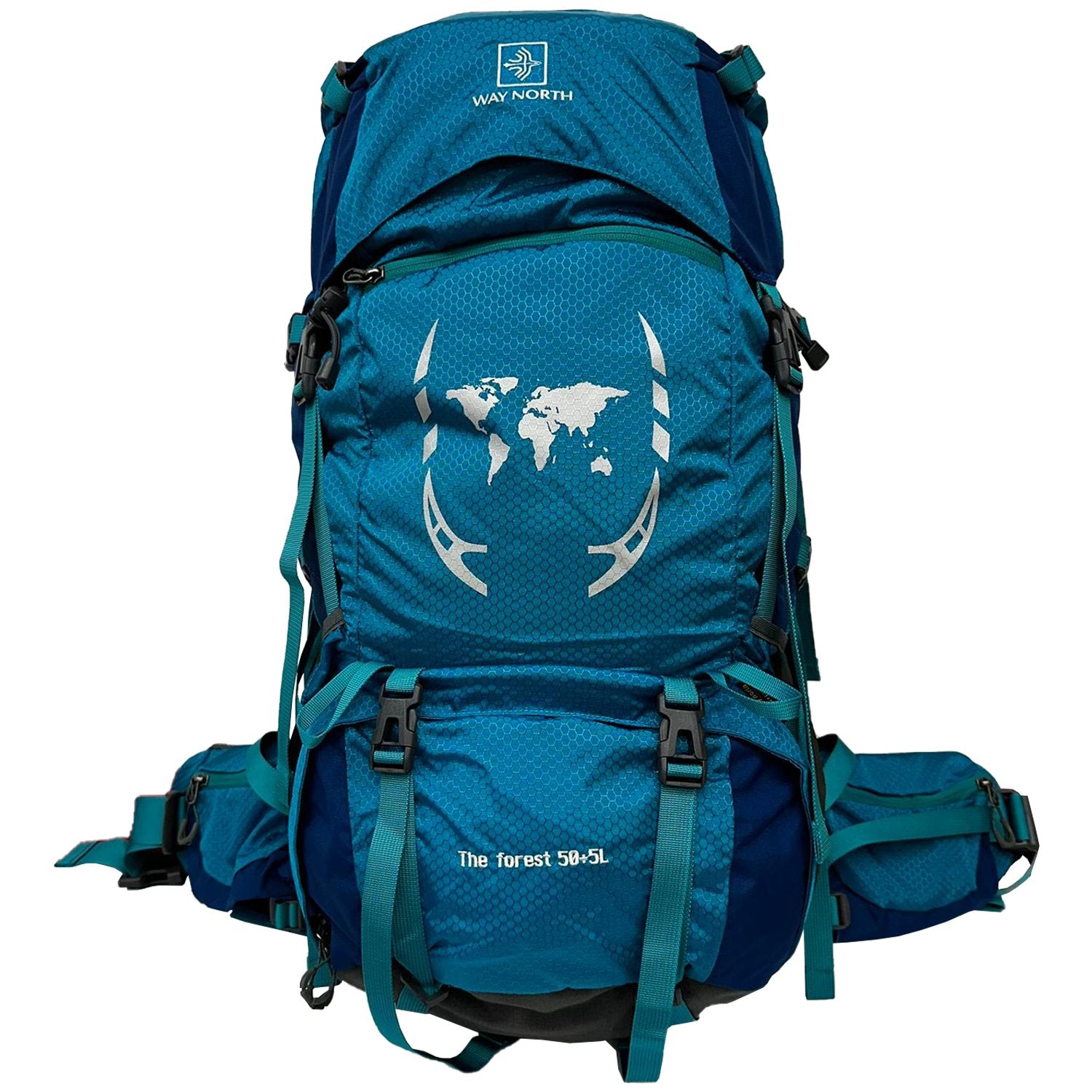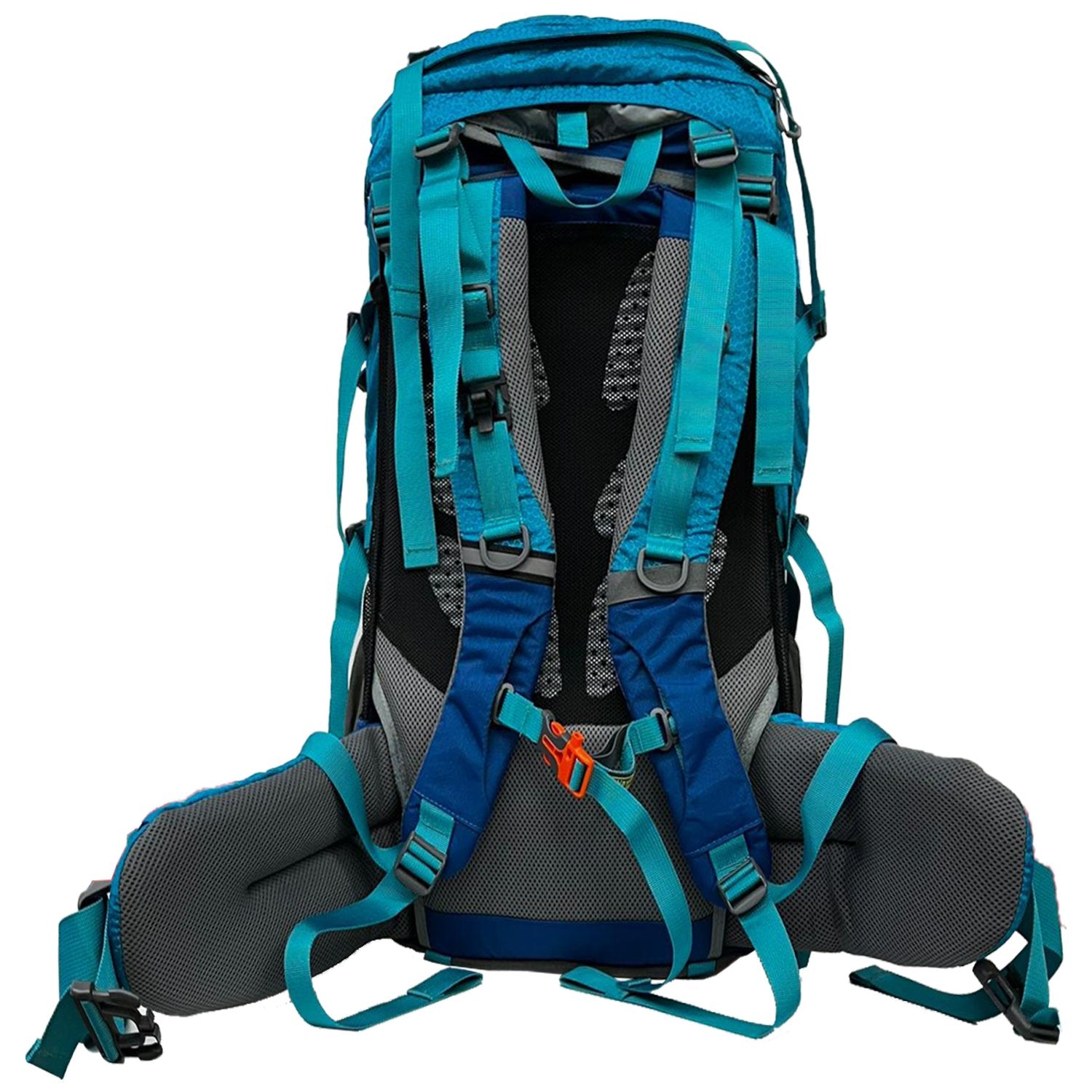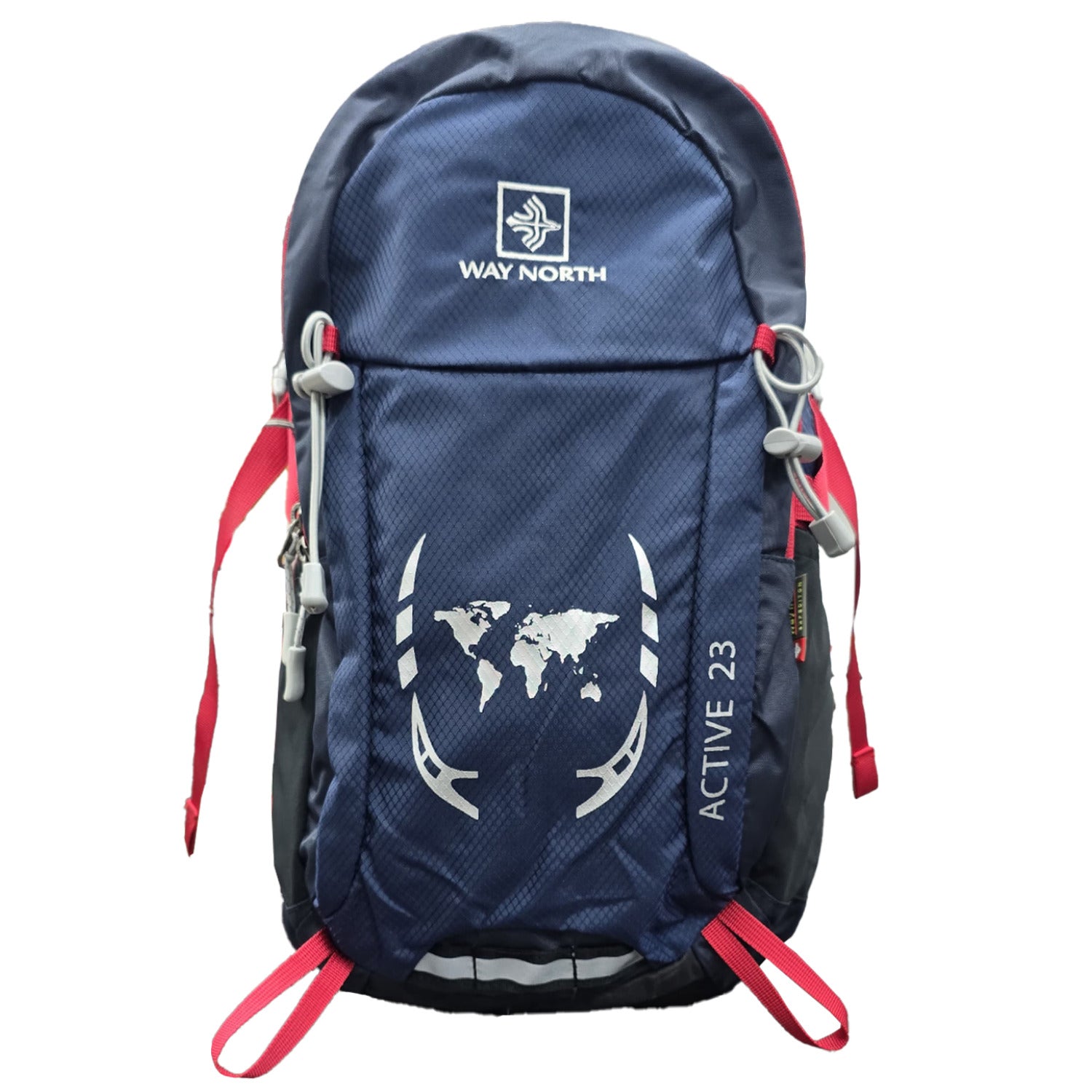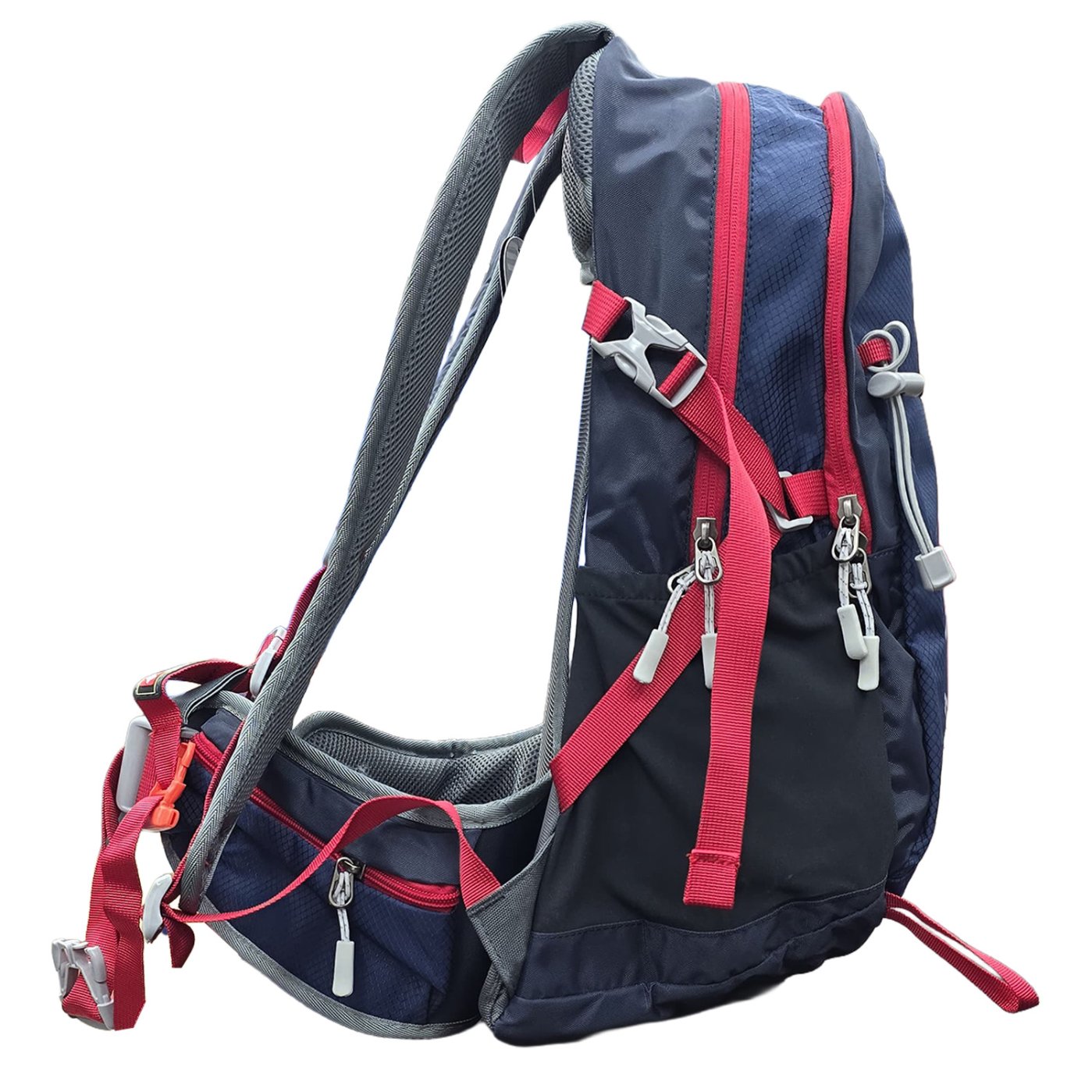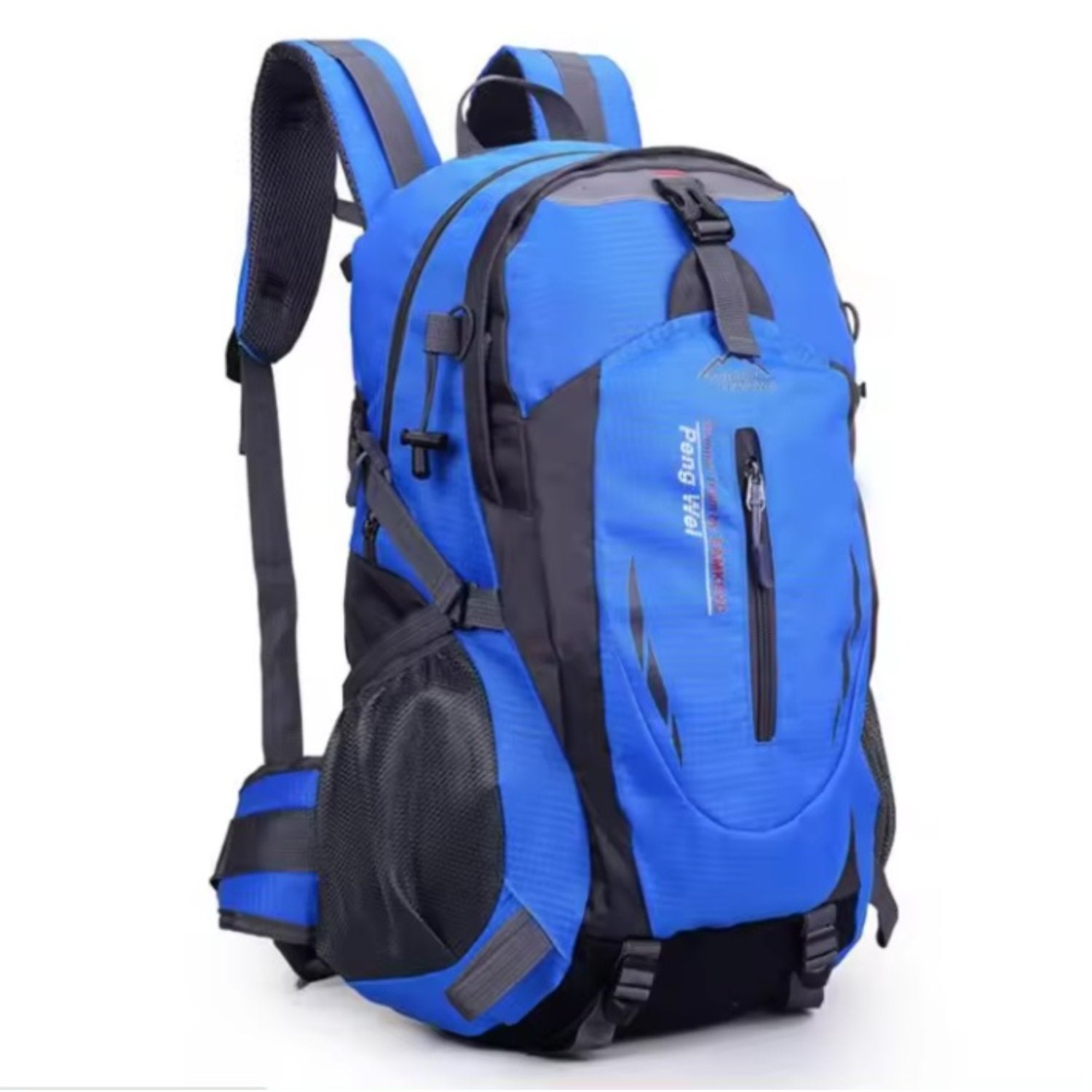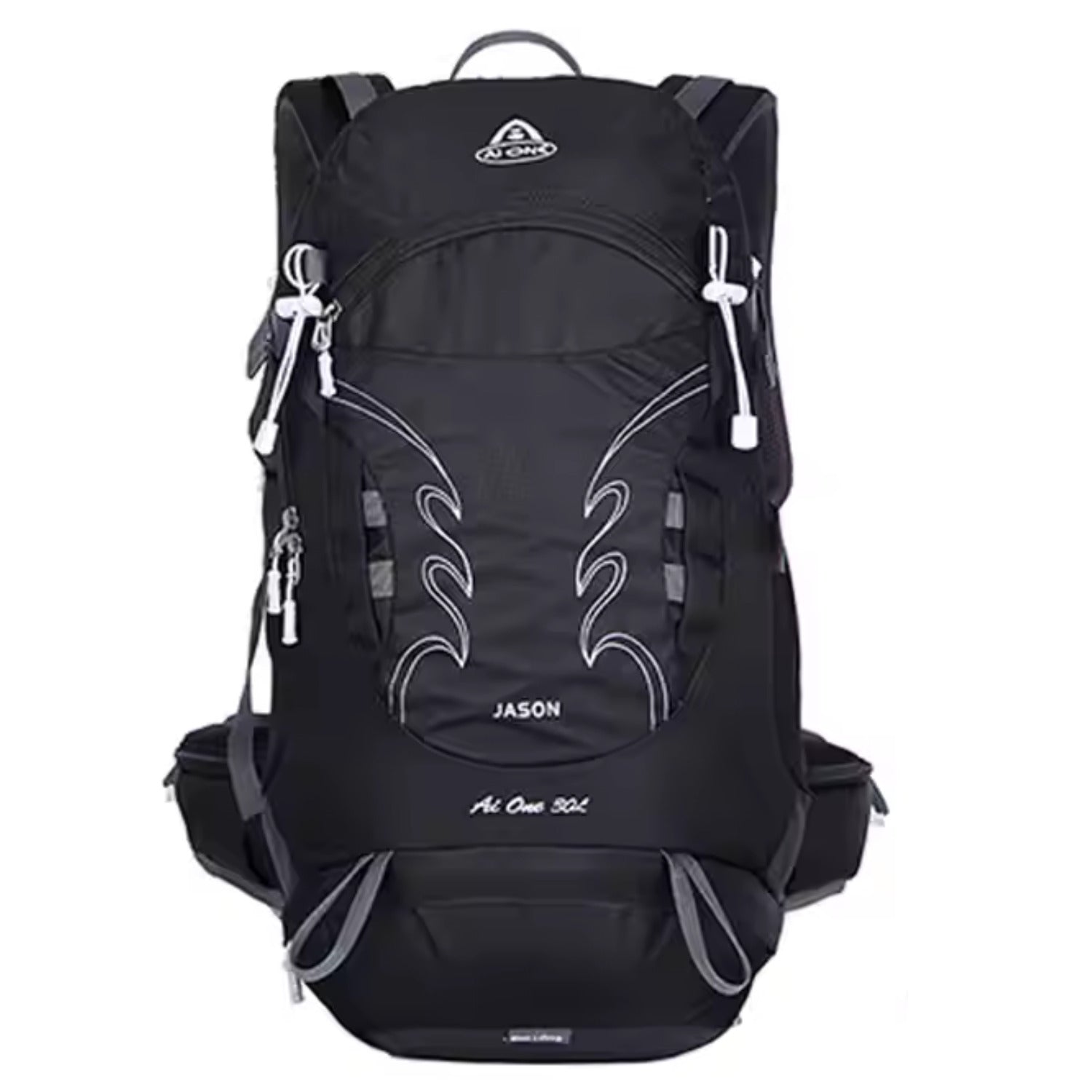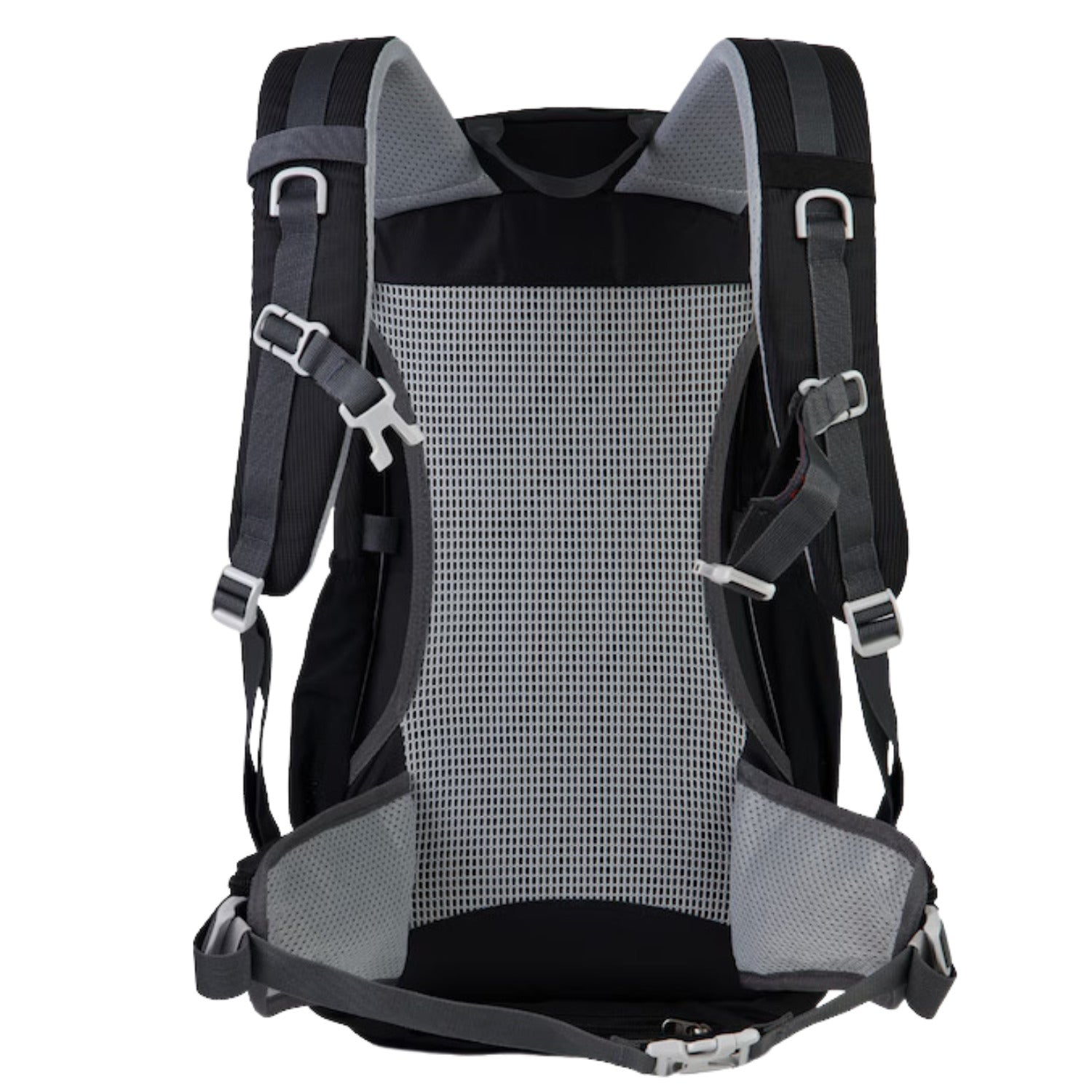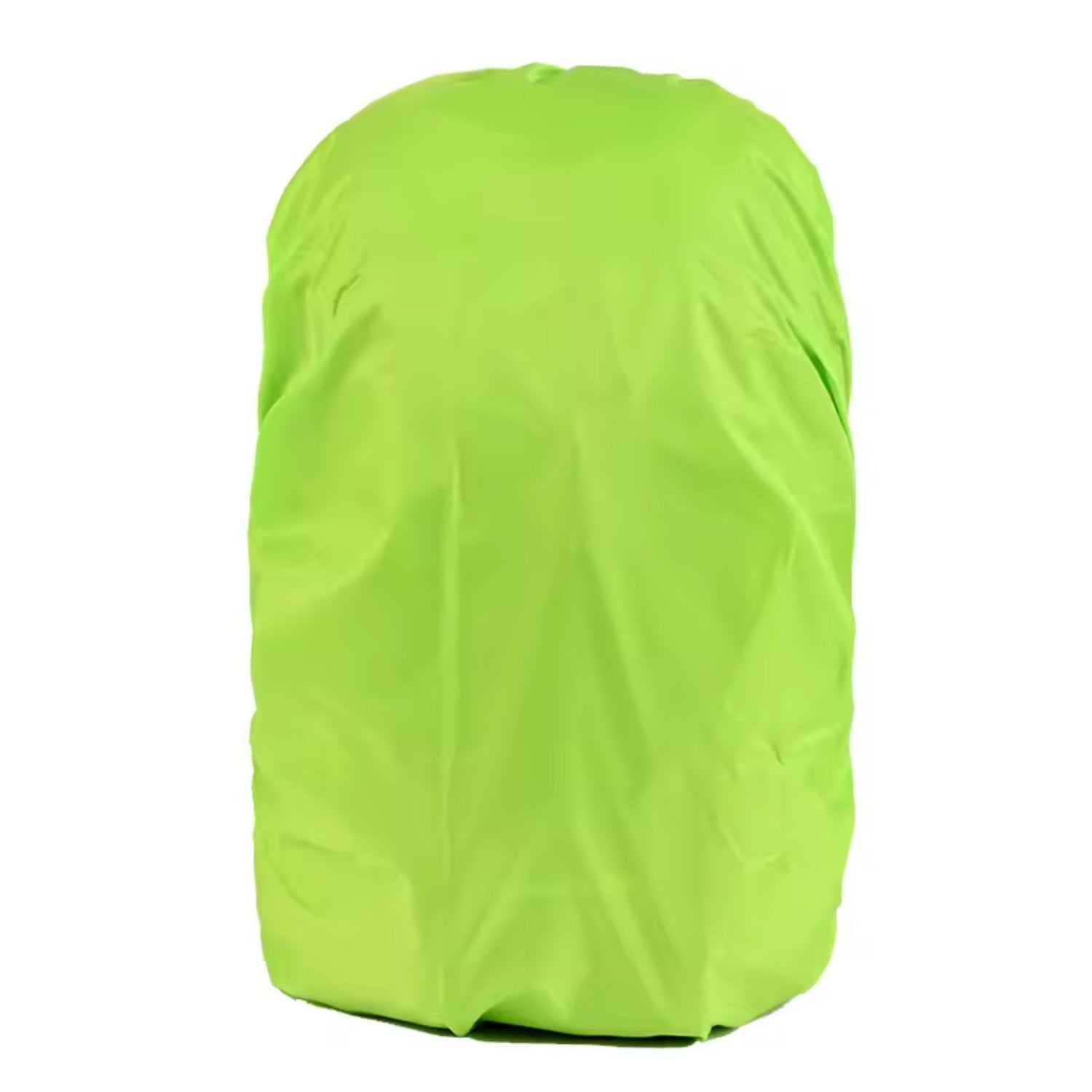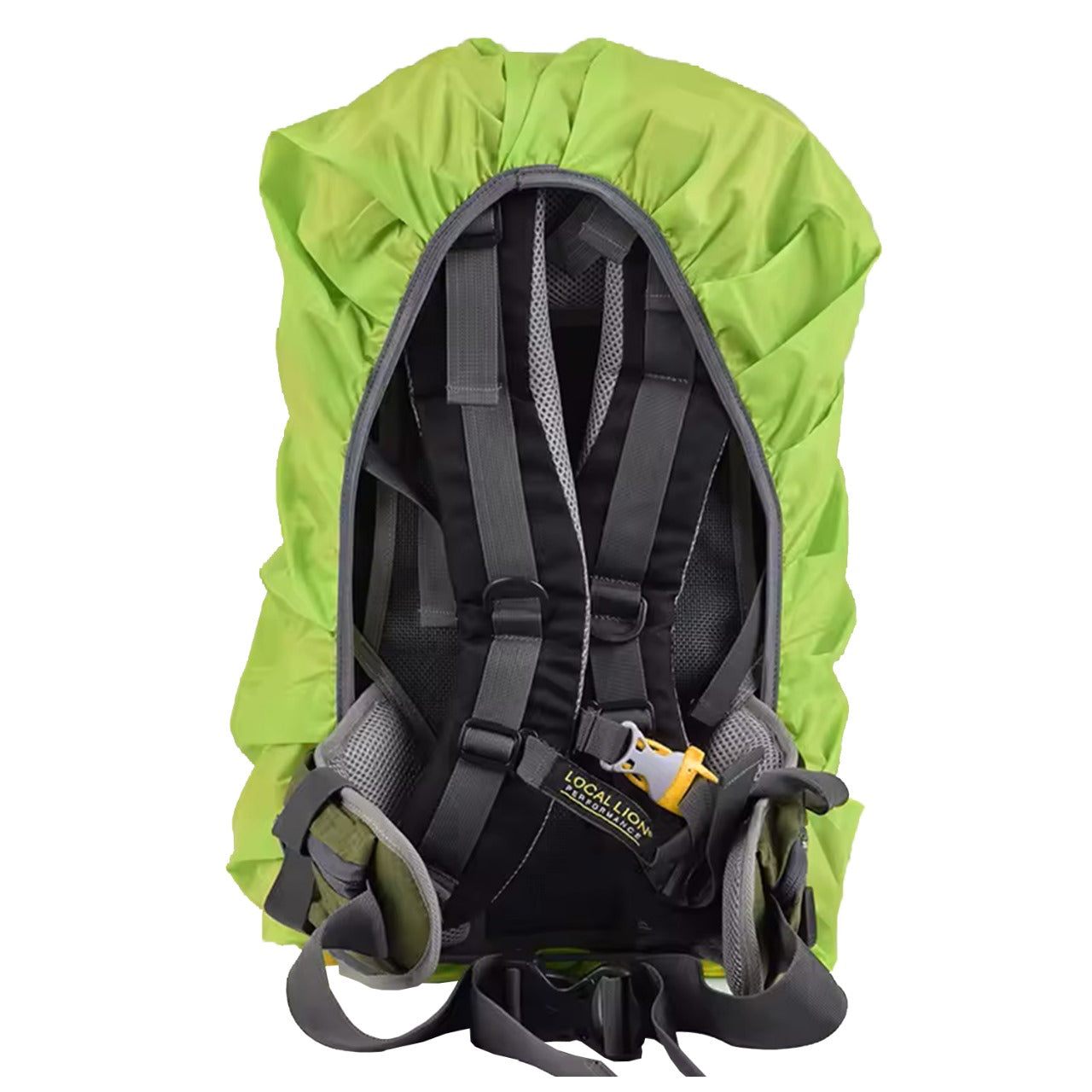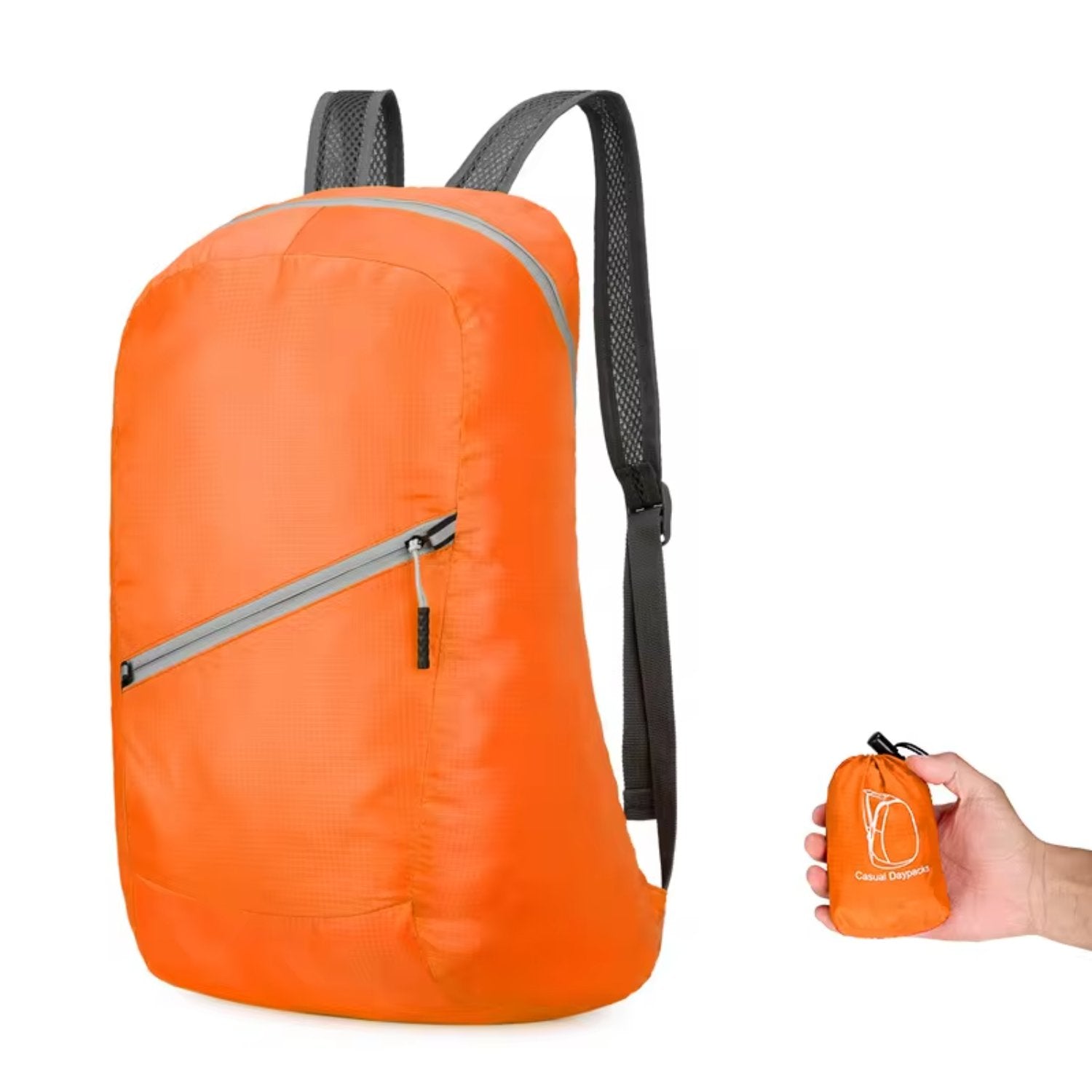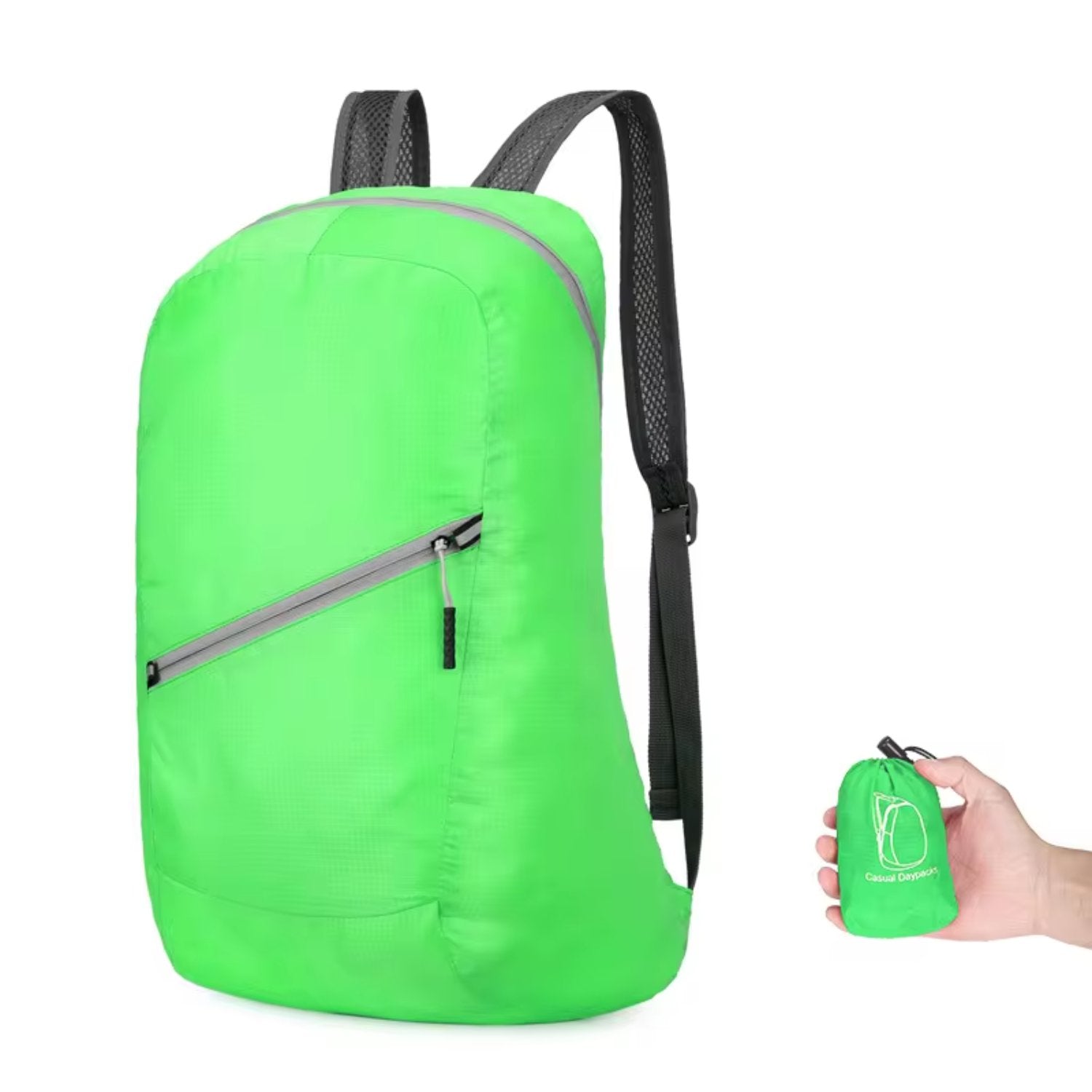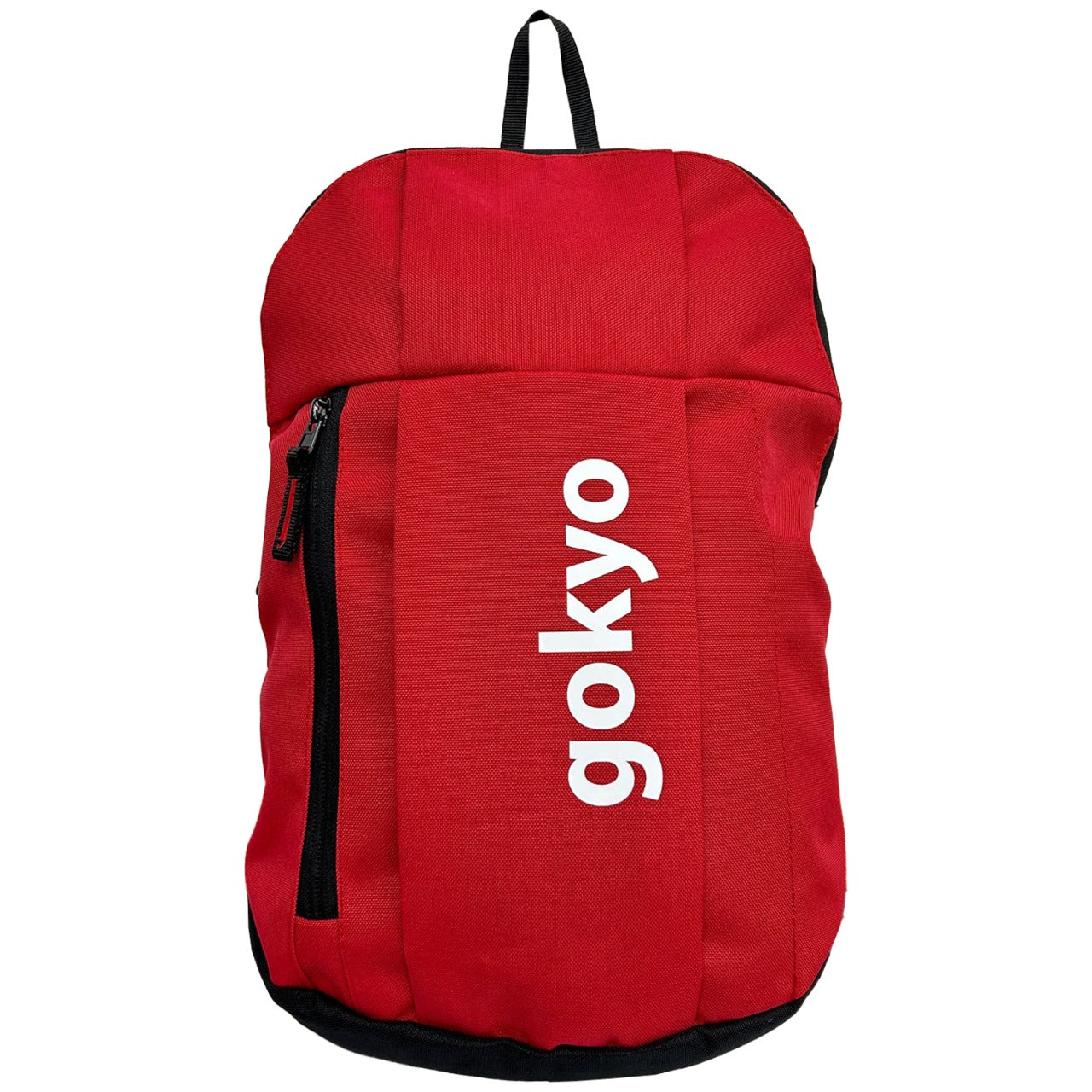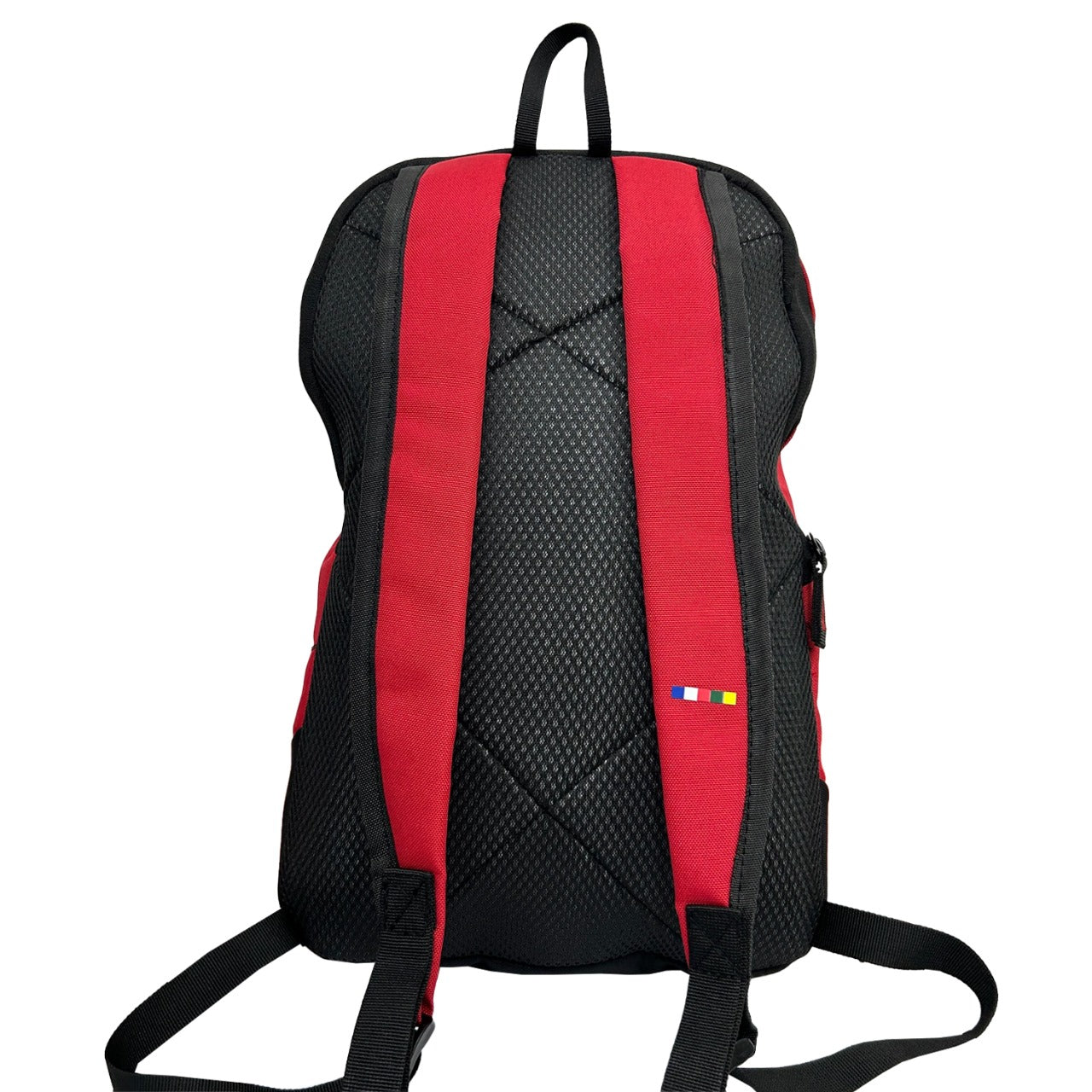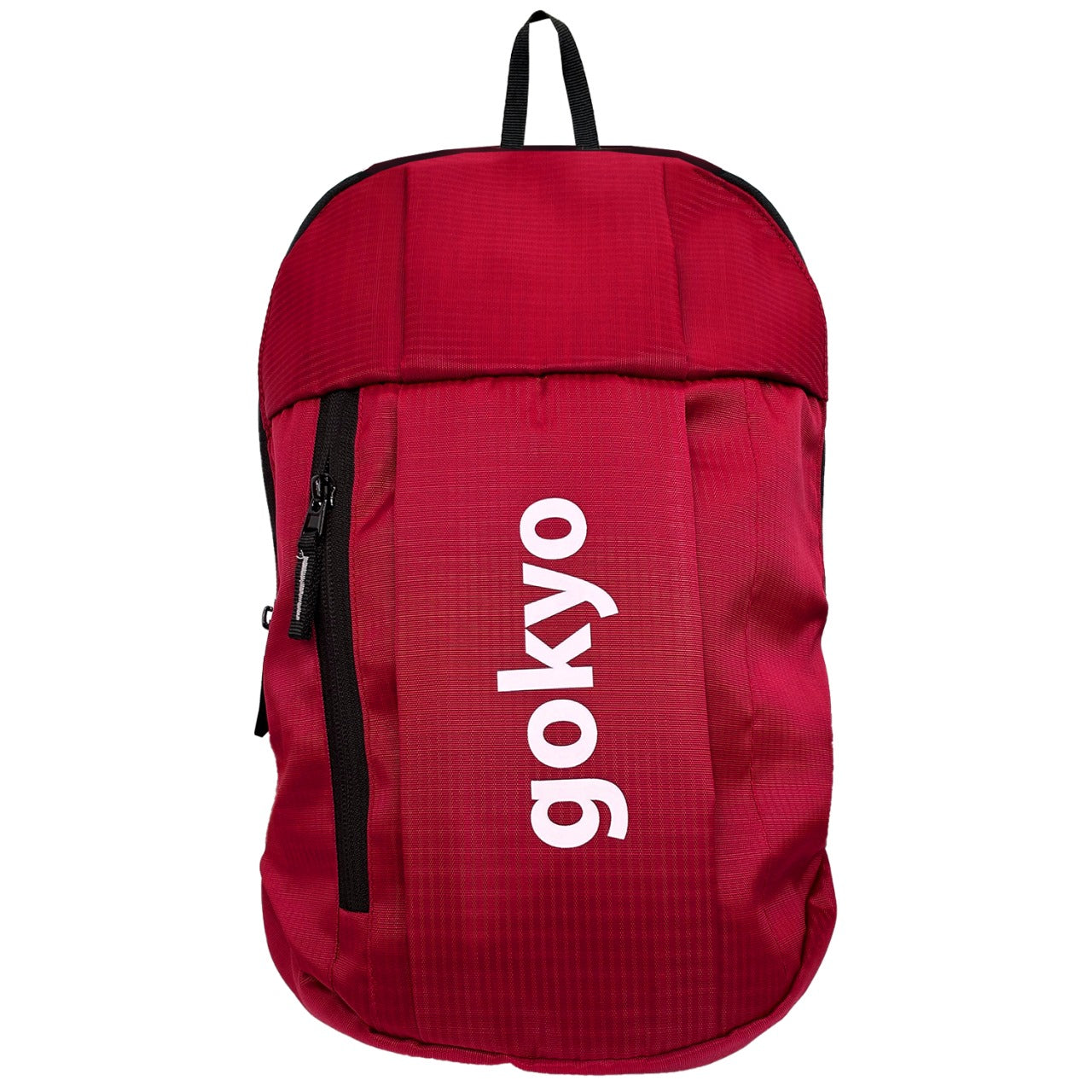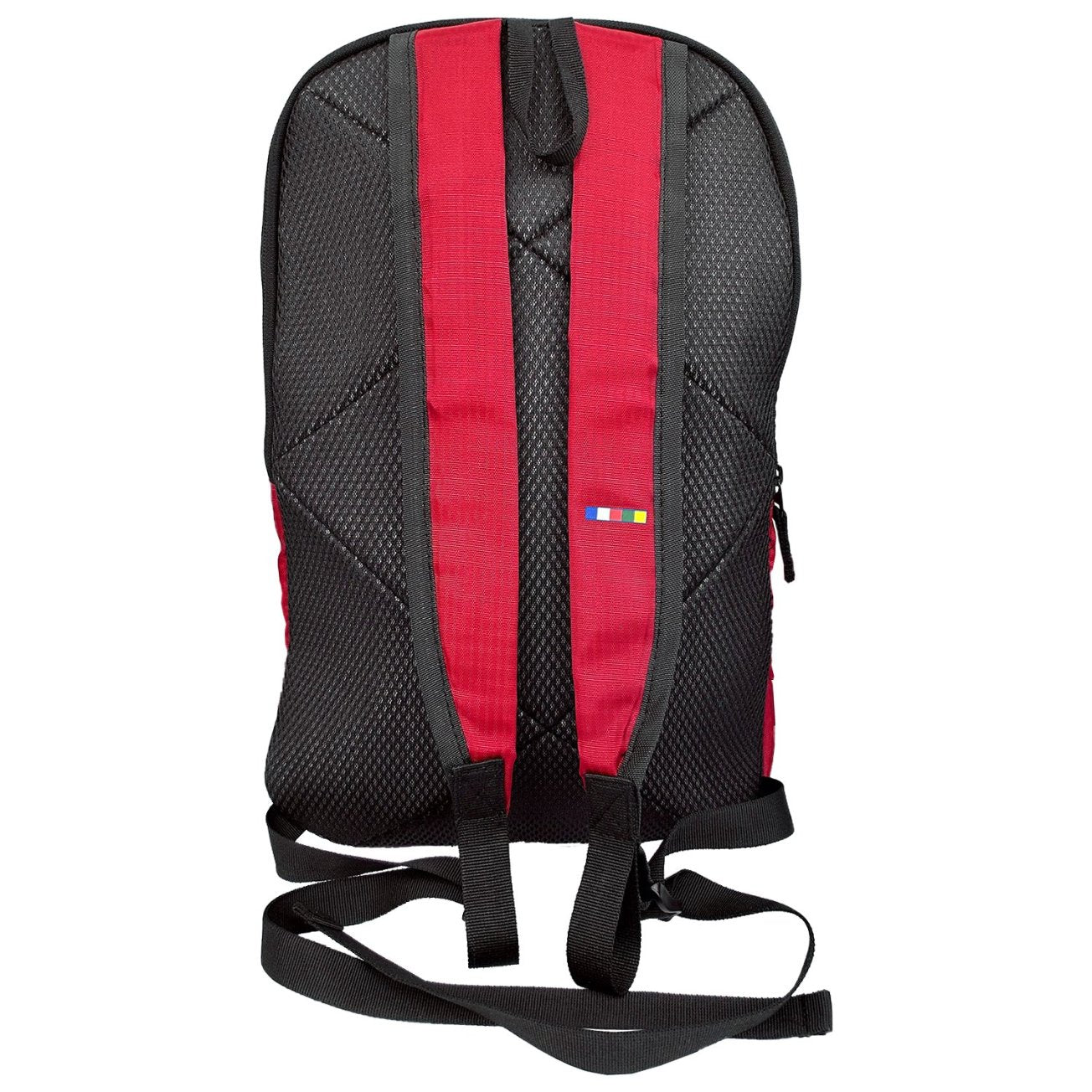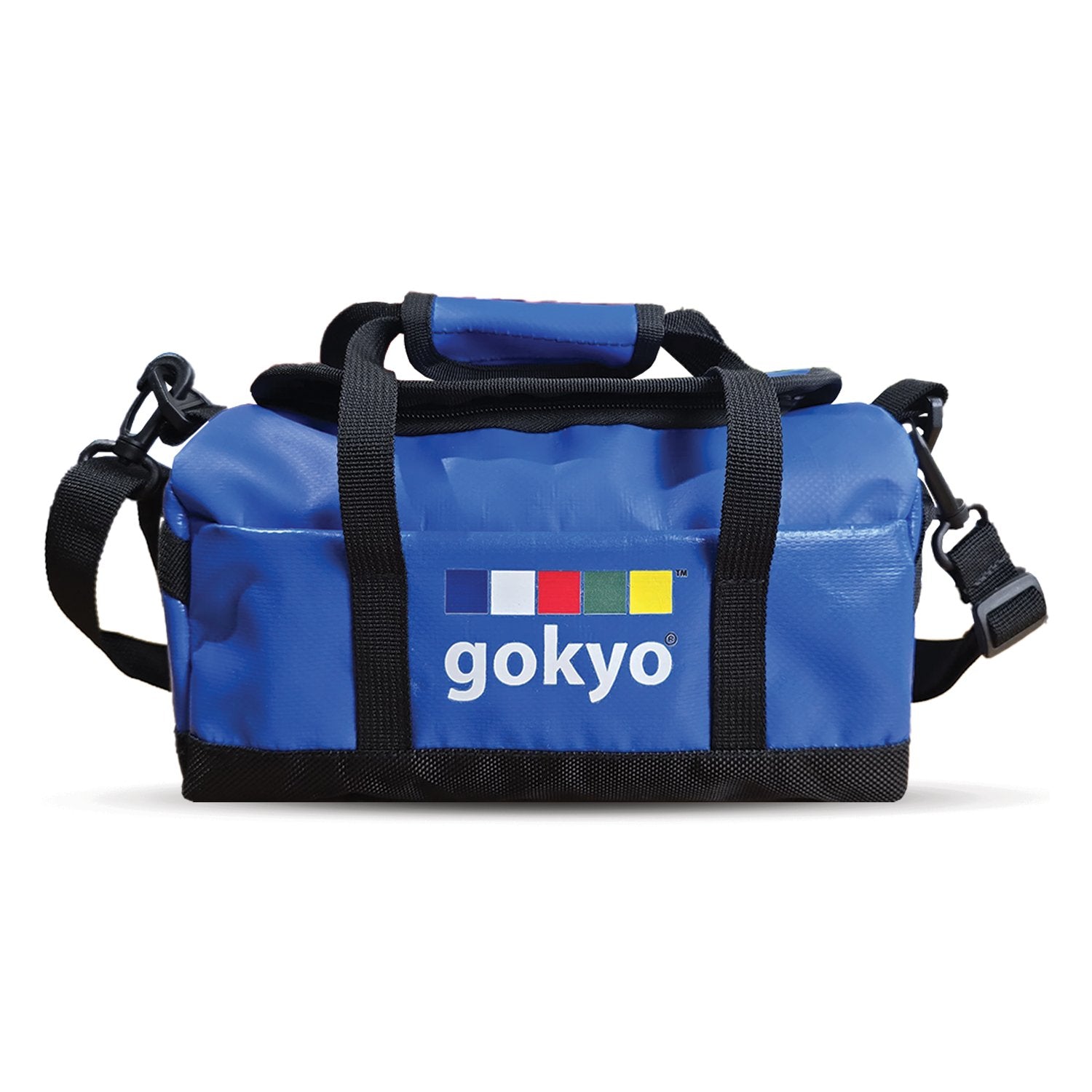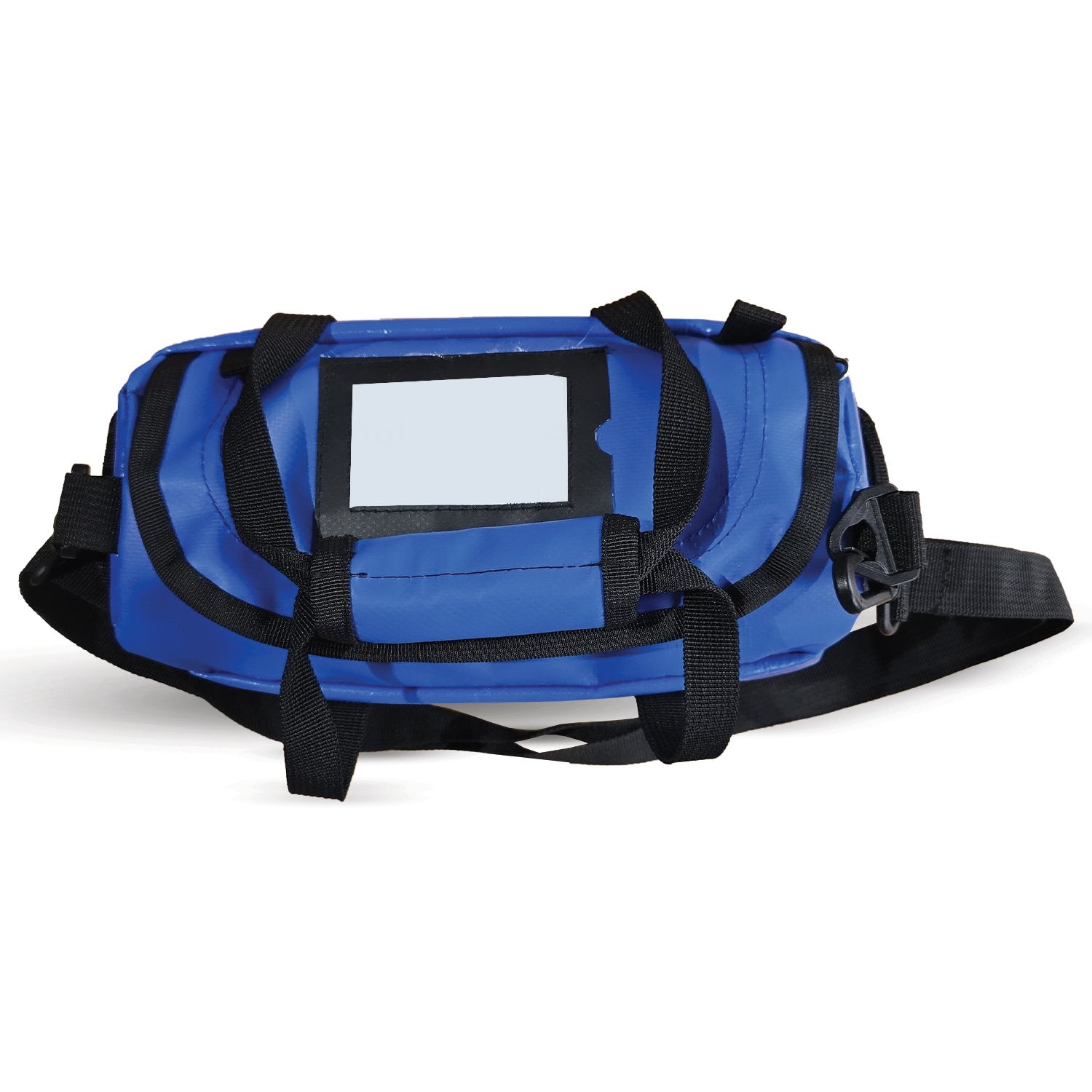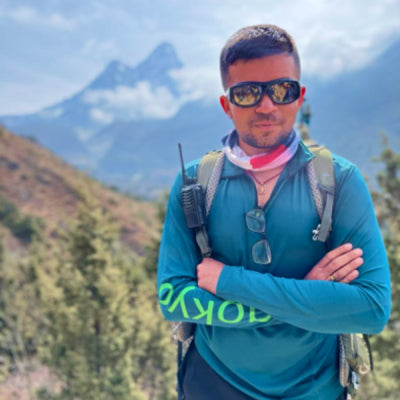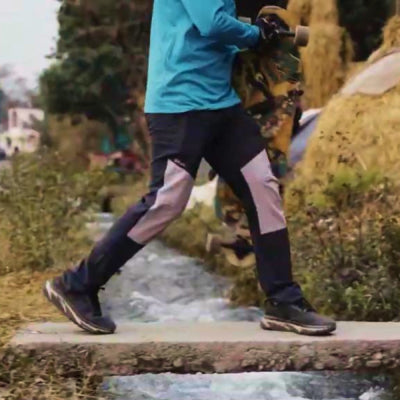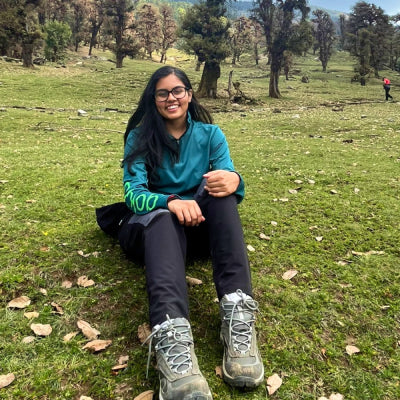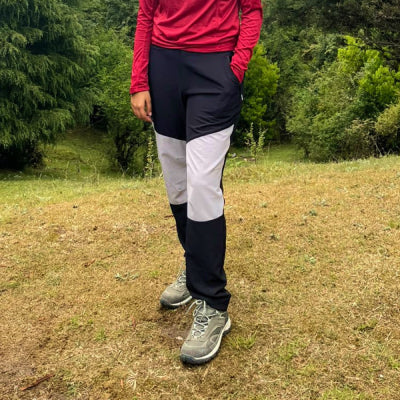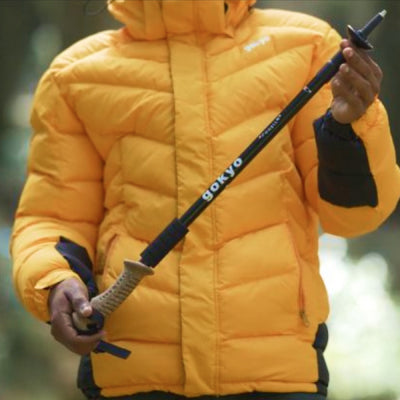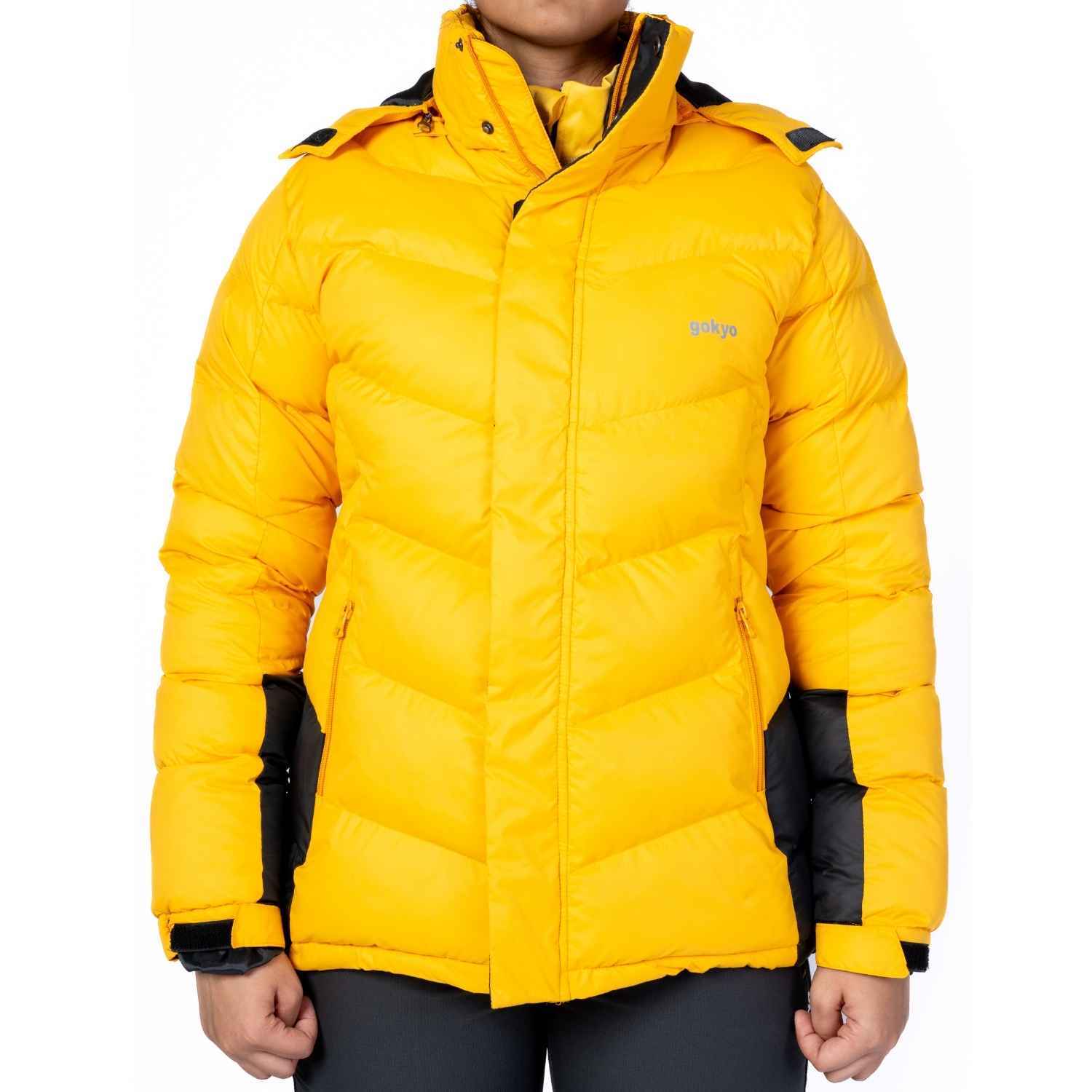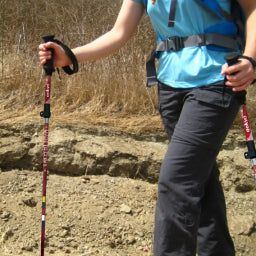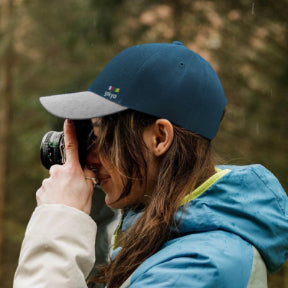The Secret Treks You'd Only Discover from Authentic Trail Addicts
These are some trails that aren't mentioned on every travel blogger's Instagram page. The kind of places talked about in hushed tones over a steaming mug of chai with a view in a mountain homestay, or passed on like secret family recipes to "veteran trekkers" who know. If you have trekked the well-known trails, you haven't seen the vast, eternal hiking trails that exist in their unfiltered state, which are so incredibly rewarding.
For those willing to walk where others do not, here's an adventure into secret trails - some of India's, and a few of Nepal and Bhutan, best-kept secrets that will leave you breathless (sometimes literally). And if you’re heading out on any of these trails, start with a trekking bag that’s sturdy enough to handle long climbs and rocky descents. Keep a reliable water bottle close, one that can survive a few drops and scrapes along the way, because staying hydrated is non-negotiable in the mountains. And when those unpredictable clouds roll in, slipping into a Kaza Waterproof Windcheater will feel like the smartest decision you made before leaving home.
Top Picks: Trekking Backpacks for Long and Short Treks
1. Tirthan Valley, Himachal Pradesh - The Peaceful Retreat

Tirthan Valley is located in the Great Himalayan National Park and is hidden deep in the mountains where time stands still. It's not a place to rush - it's a place to sit on the river bank and allow the water to flow and tell a story.
The trails here traverse through bushy deodar forests, over suspension bridges, and through villages where the smiles are warm as the sun.
The climb is not very rocky, and anything resembling a dry sack will be useful when you presumably wade streams or are caught in a sudden rain. At the end of the day, you will have to curl up under a warm blanket and drink hot soup while listening to the villagers recount the valley's ancient god stories.
Durable & Waterproof Dry Sack for All Adventures
2. Dzukou Valley, Nagaland - Valley of Flowers (You Didn't Even Know About)

Let's be honest! While you may know about flower valleys in Uttarakhand or Himachal, Dzukou here in Nagaland has been hiding - a massive sea of green filled with wildflowers during the summer, and golden vistas in autumn. The rolling meadows have a misty view, and the trek can be done in a day, but it is so divine that it will always stay close to you.
As the weather here can change abruptly from the brightest sun to a torrential storm, having an insulated pocket of your "I Can´t Do Without" things, and a stash of electrolyte powder will help you hugely if your hike holds out longer than you have ever seemed to have traveled.
Energy-Boosting Food and Supplements for Trekking and Travel
3. Zanskar's Phugtal Monastery Trek - The Cliffside Wonder

Imagine a monastery clinging to the edge of a turquoise river, and only accessible by foot. This is Phugtal. A tiny bit of Tibet that's nestled deep in Zanskar Valley, Ladakh. The road to this home is indeed bumpy, but that's temporary. You will enter a place where thoughts of monks being in harmony with the mountains exist in reality. Naturally, your trekking shoes will be your closest companion, holding tightly to the stone roads while your trekking bags carry the essentials. And if you're lucky, you may have an invitation to the monk's home for butter tea!
4. Sandakphu via Phalut, West Bengal & Sikkim - Four Peaks in One

Most trekkers go as far as the main trail, but the magic happens on the Phalut extension. When the weather is clear, you have a view of Kangchenjunga, Everest, Lhotse, and Makalu - four of the world's five highest peaks - all in one go.
There can be some pretty serious wind gusts here, so your kaza waterproof windcheater will be a real statement piece and then some; it will be the shield that protects you, as it should, against that wind. The nights are cold here, and getting steaming hot momos from a tiny tea house becomes rewarding in and of itself.
5. Singalila Ridge, Nepal - Treading the Edge of Worlds

One second, you are in Nepal, the next you are in India? The Singalila Ridge trek has ridgeline upon ridgeline, rhododendrons in bloom, and a tremendous view of the Himalayas. Off the Tepid path, cousin of Sandakphu, but closer to feeling part of the land.
The locals are natural storytellers, and if you have the opportunity to overnight camp, take in an evening of stargazing - you'll be drinking out of disposable towels in the morning with how much dew there is.
6. Merak to Sakteng, Bhutan - Next through the land of the Brokpa

This remote trail traces Bhutan's Sakteng wildlife sanctuary and the semi-nomadic Brokpa. This is as much a cultural adventure alongside a trek, and you are humbled by yak herders, alpine meadows, and wind in prayer flags.
Your water bottles and electrolyte powder will be essentials; hydration is the goal here, especially at higher altitudes where the sun is surprisingly powerful and the air is thin.
Adventure-Grade Water Bottles for Rugged Trails
7. The Pangi Valley Pass, Himachal Pradesh – The Forbidden Path

Once isolated, Pangi Valley remains an explorer's last frontier. Saach Pass is like entering a hidden world, with precipitous drops, snow walls, and villages that seem untouched by the clock.
A dry sack will keep your gear safe from snowmelt, and an insulated pouch will keep your phone safe from cold overnight temperatures. This is not a stroll for the weak of heart, but if you do, they're memories that will last a lifetime.
Travel Advice for Secret Treks
Be respectful of the native cultures, as some of these paths traverse extremely sacred land.
Violent shifts in weather can happen in seconds; always dress in layers.
Buy good quality gear from a reputable company like Gokyo Outdoor Clothing & Gear to ensure you are comfortable and safe during your trek.
Frequently Asked Questions (FAQs) :
1. Are the treks for beginners?
Some are. E.g., Dzukou Valley or Tirthan are beginner's easy treks. Some, e.g., Phugtal Monastery or Pangi Valley, are experienced, and you will need preparation and experience.
2 When is the best time to check out these off-the-beaten-path treks?
Fall and spring are best for most treks, but some are great in the monsoon season, like Dzukou.
3. Do I require permits for these hikes?
Some areas, especially Bhutan and the northeastern region, are marked with permits. However, check with the local authorities first.
4. What is needed to prepare for remote treks?
You should do some cardio training, understand how to use your gear, and pack your essentials.
5. Are the trails well marked?
Not all trails are labeled, but I recommend hiring a local guide - they will provide safety and show you some other sites while trekking.
6. Do I really need special shoes for these trails?
Absolutely. Trekking shoes give you grip and ankle support on wet, dusty, and uneven terrain — something regular sneakers can’t handle.


